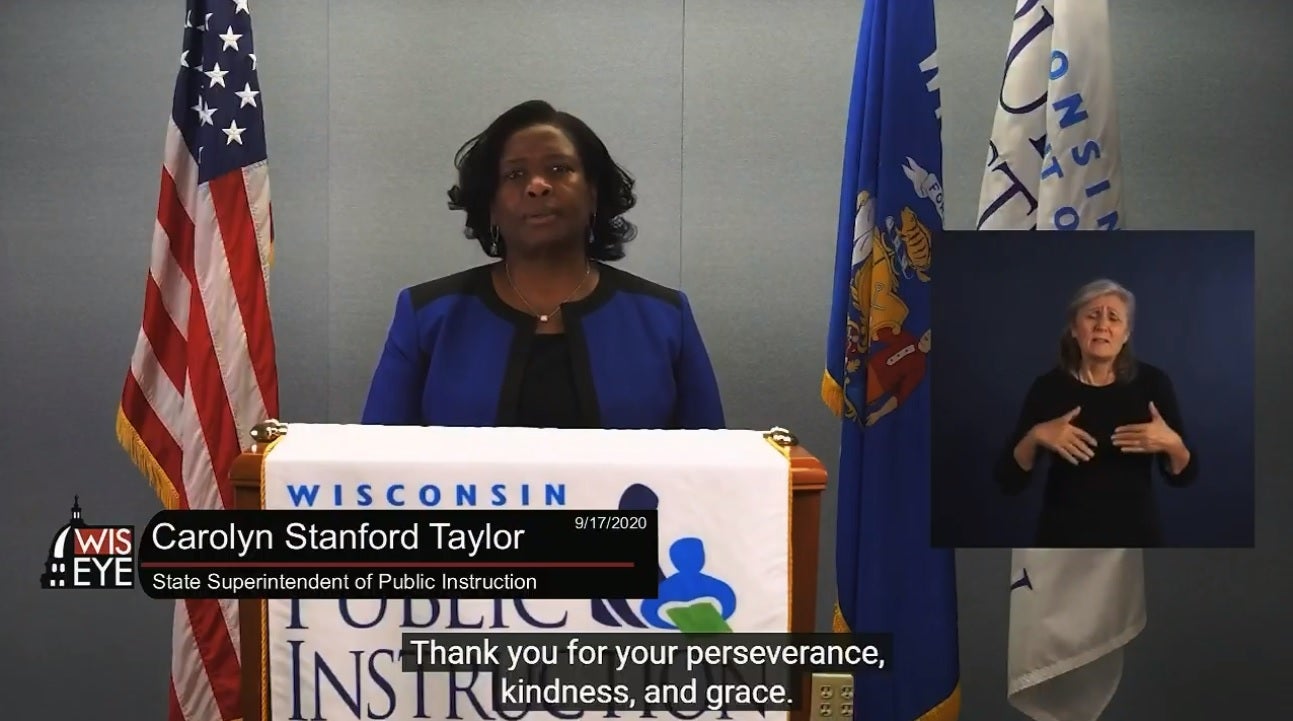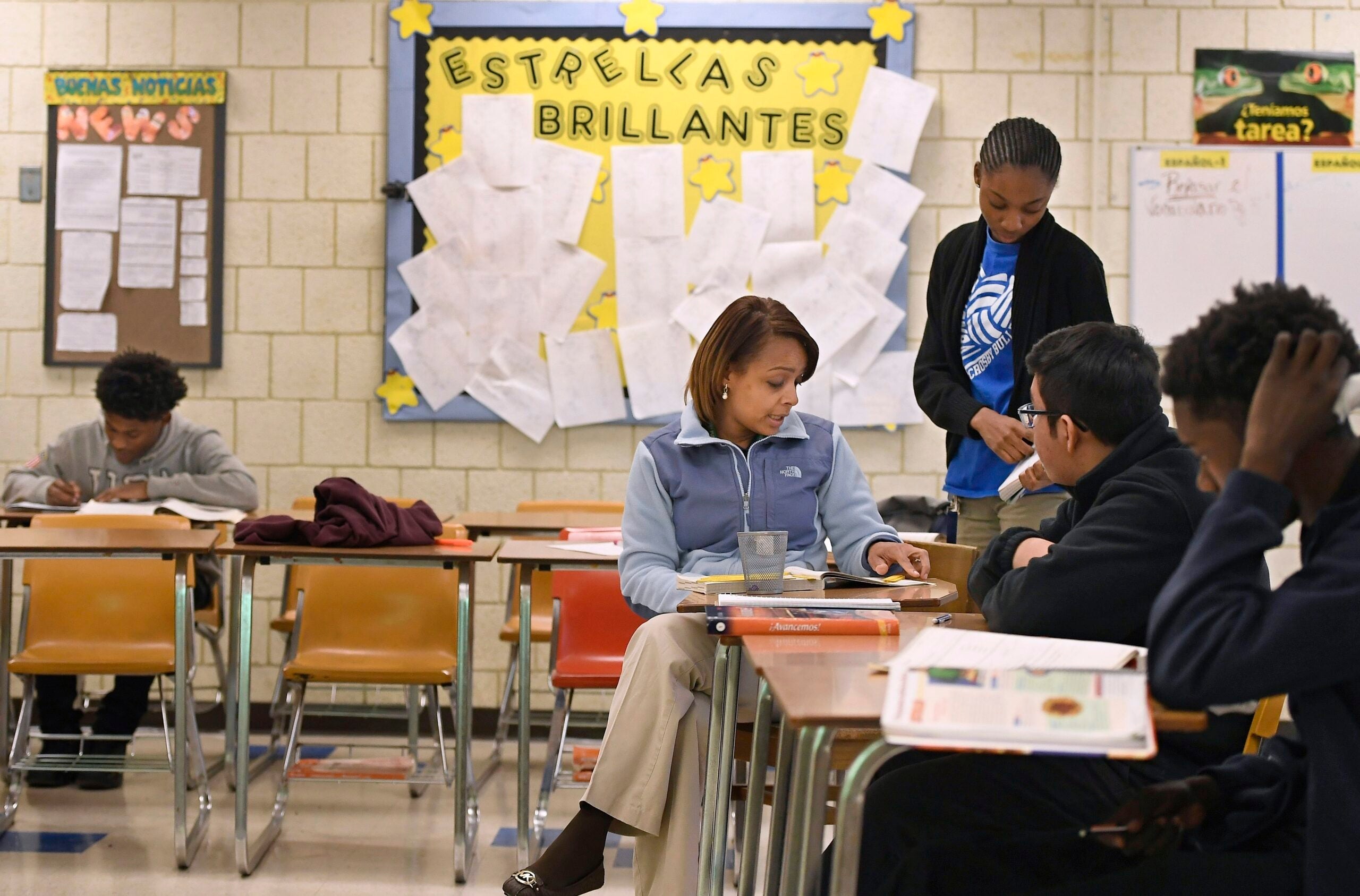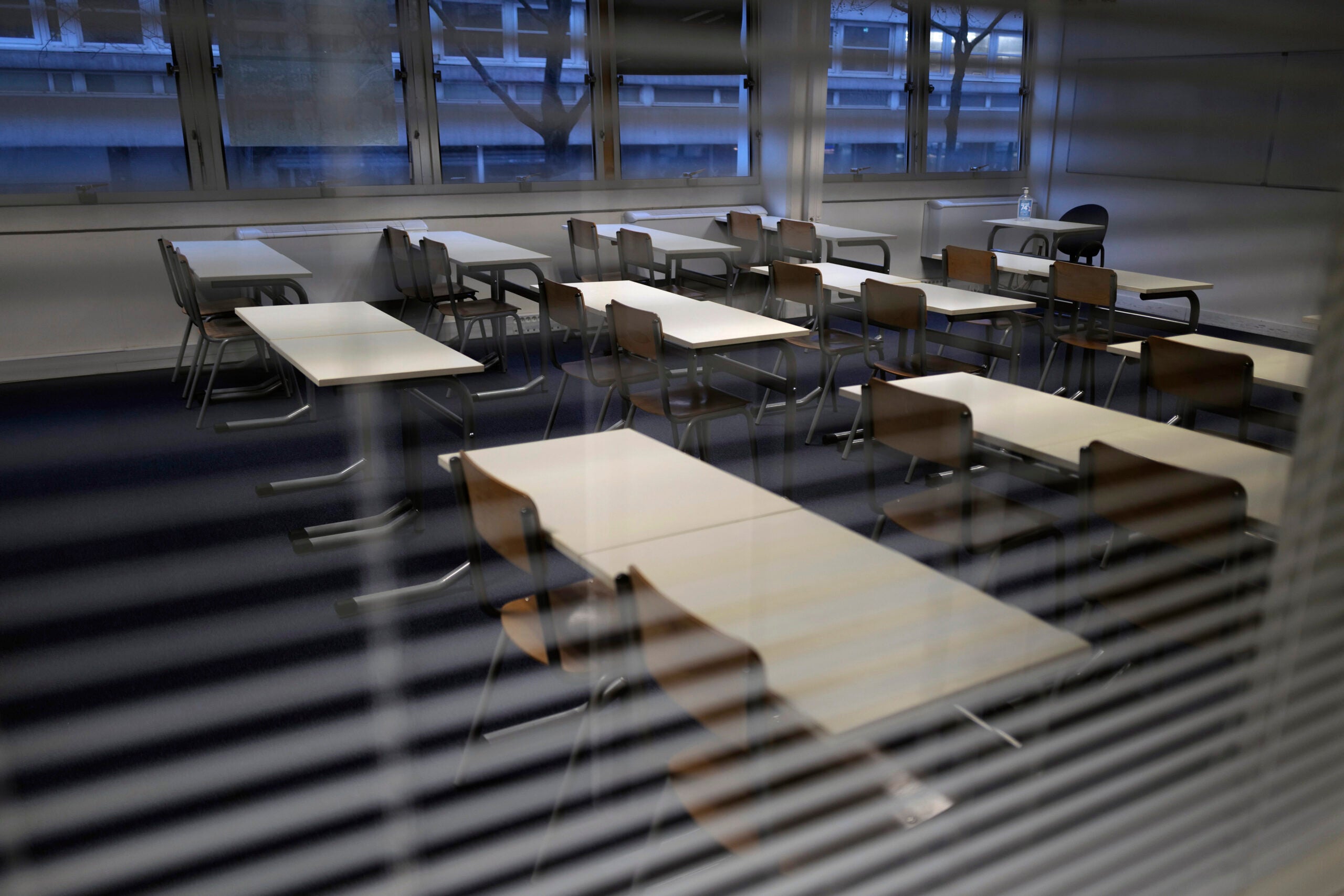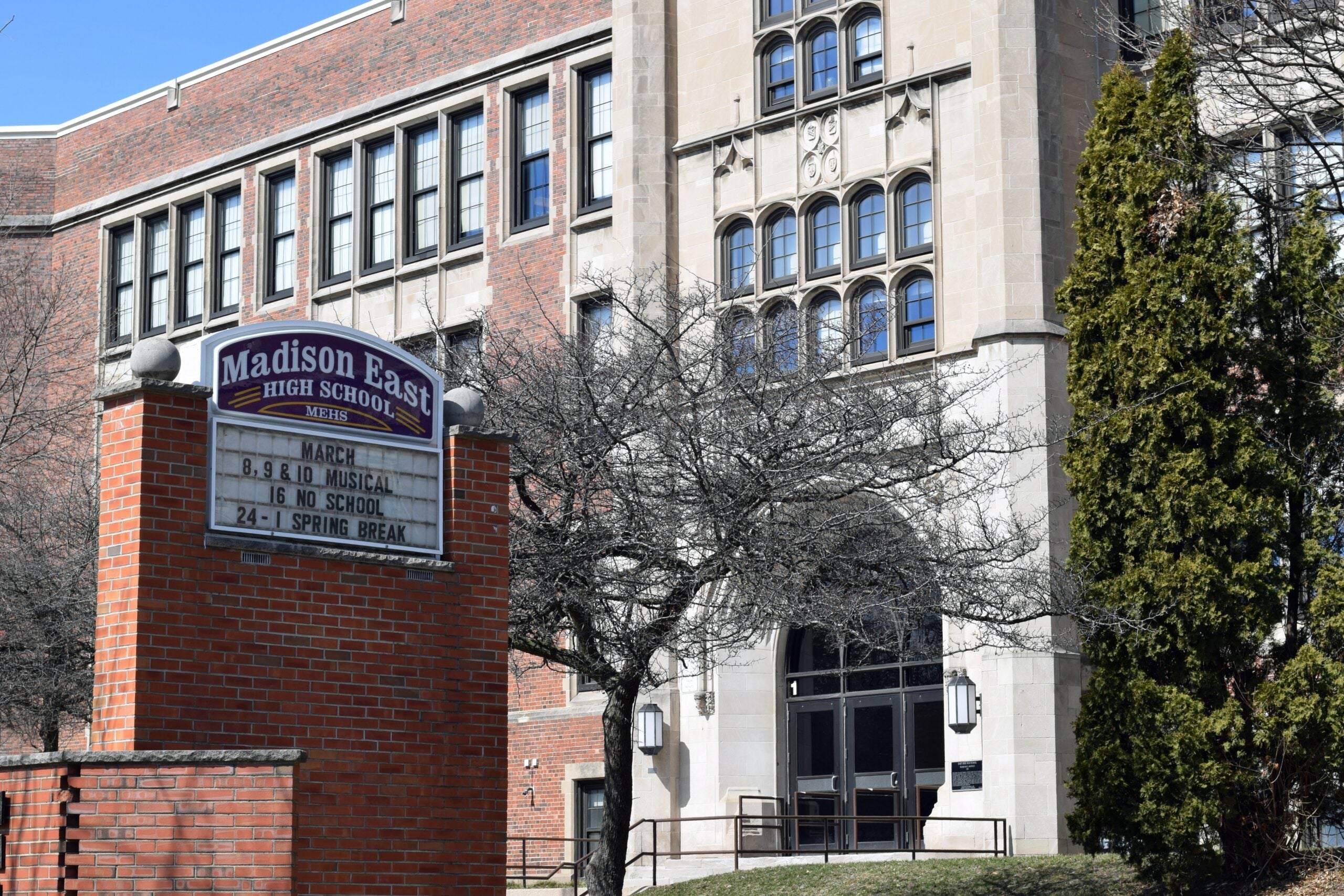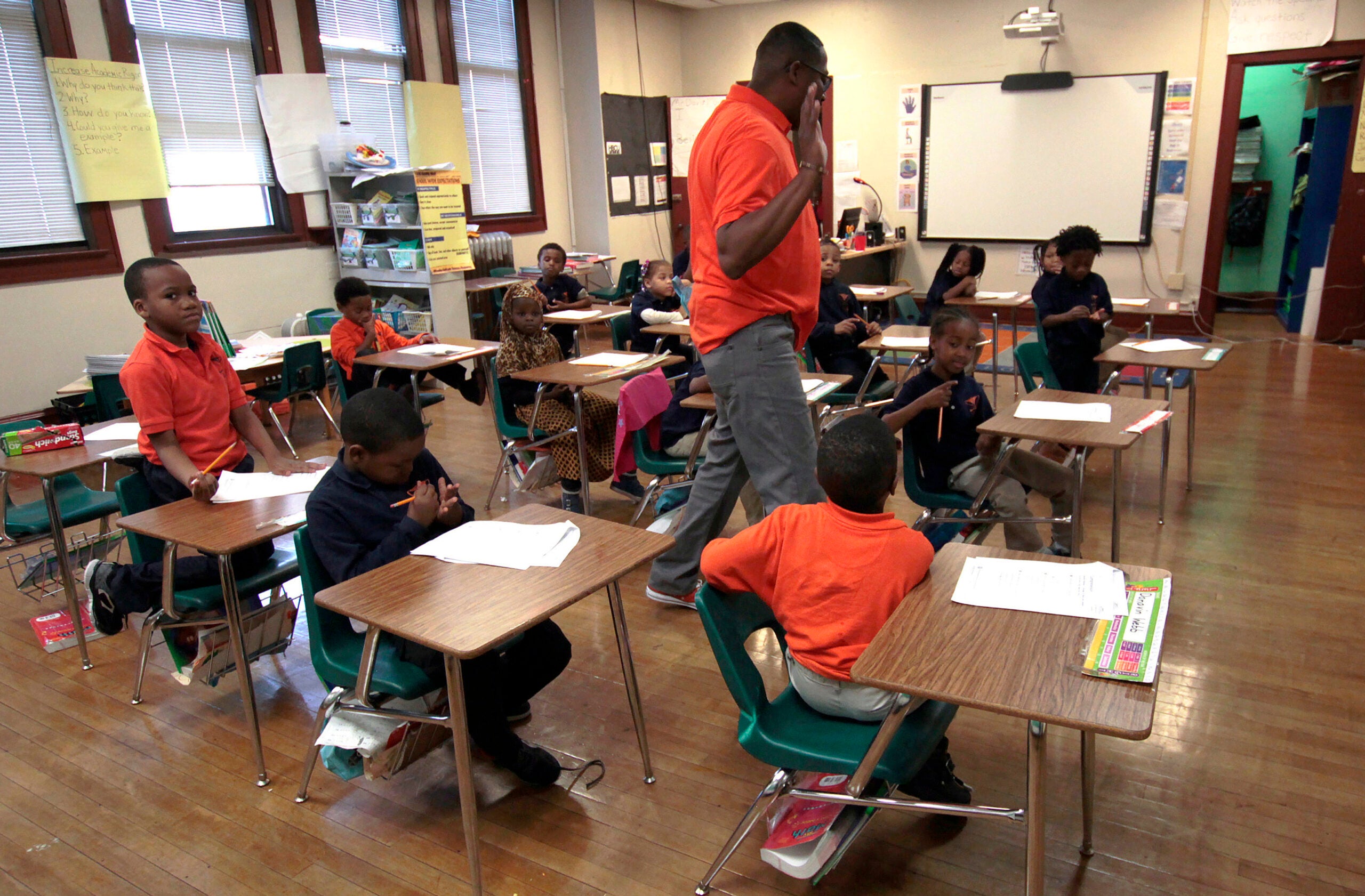State Superintendent of Public Instruction Carolyn Stanford Taylor repeatedly highlighted equity issues in Thursday’s virtual “State of Education” address.
“It is time to finally shed the title of having the largest Black/white achievement gap in the country,” she said.
Stanford Taylor also spoke to the ways access and achievement gaps have grown for children in poverty, kids with special needs, English-language learners and students of color due to school closures and family financial pressures from the pandemic.
Stay informed on the latest news
Sign up for WPR’s email newsletter.
“This pandemic has laid bare the enormity of the access and opportunity gaps,” she said. “2020 has provided us with an unparalleled opportunity to reframe and re-imagine in a more inclusive manner.”
In a call with reporters after the speech, she said that work should include reviewing systems, practices, policies and procedures across the Wisconsin education landscape to make sure people who have been left out of decision-making conversations are included. One example she suggested would be pulling voices and identities into the curriculum that have historically been absent.
She noted that as many as one in three Black or Latinx students did not have internet access in Wisconsin, according to a 2019 analysis, and 15 percent of students overall lacked internet.
Teachers and school districts were hampered in the spring by a very quick transition out of school buildings with little time to prepare, she said. Since then, she said, schools have had the summer to plan ways they can reach students more consistently and keep kids learning.
“Right now, we’re looking at, if there was loss during this disruption, how do we accommodate that, and how do we make sure that kids are receiving the ‘must-knows’?” she said. “That’s where the concentration of our efforts will be.”
Stanford Taylor said her proposed biennial budget will include requests for more money toward special education and mental health services. She noted that many special education students have struggled during the pandemic without the in-school supports that are more accessible in a school building.
Before COVID-19 hit, she said, at least one in five students faced a mental health condition, and nearly 60 percent of high school students self-reported significant mental health needs.
“We know the need for mental health services will be substantially greater as students grapple with the effects of this pandemic,” she said.
Stanford Taylor said the Department of Public Instruction is “clear-eyed” about the financial challenges facing schools, and the state budget, where Wisconsin school districts get the bulk of their funding. She noted that the federal CARES Act for coronavirus relief have helped meet immediate needs as schools have shifted to health-conscious in-person instruction or virtual learning, but said it won’t be enough to plug holes in district budgets or make up for state shortfalls that will likely trickle down to schools.
“However,” she said, “it is my hope our leaders can, and will, continue to prioritize public education and the needs of our most vulnerable learners.”
She also praised teachers’ commitment to going above and beyond to keep their students learning, while voicing concerns about Wisconsin’s issues in recruiting new teachers — especially teachers of color.
“Far too many teachers are leaving the profession, and too few students are aspiring to become teachers — conditions I fear will only worsen this year,” she said. “We must commit to doing all we can to recruit the next generation of educators and substantially diversify Wisconsin’s educator workforce, so all students can benefit from having teachers of color.”
Some teachers have left the profession this year, many citing health concerns, as well as frustration that their worries and preferences weren’t being taken seriously in their districts’ plans to reopen.
“It is important to support our educators, respect their voices and concerns and their feedback in times of calm and crisis,” she said.
Thursday’s speech was Stanford Taylor’s final “State of Education” address. Her term heading the state education agency will end in July 2021, and she does not intend to run again.
The superintendent also commended young people who called for racial justice in the wake of the police killing of George Floyd in Minneapolis.
“This summer, I was inspired to see so many people, particularly young people, of all races and ethnicities, coming together with one voice to acknowledge the lived experiences of Black Americans and demanding racial and social justice,” she said.
She closed with a call to action for Wisconsinites to work together to build a school ecosystem that will help all children thrive.
“Our schools are the hearts of our communities and the backbone of our democracy,” Stanford Taylor said. “Let us work together to create a new system of education where a child’s race is no longer a predictor of success or failure in our schools, where a child’s location or family income does not determine their ability to access rigorous curricula or online coursework, where all education environments are inclusive, accessible and equitable.”
Wisconsin Public Radio, © Copyright 2024, Board of Regents of the University of Wisconsin System and Wisconsin Educational Communications Board.

